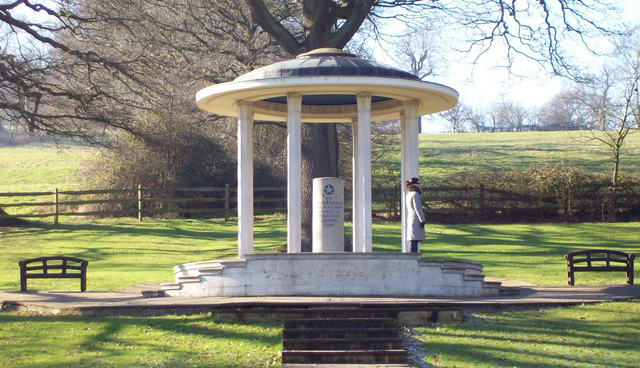This month marks the 800th Anniversary of the Magna Carta, that famous foundational document of Western democracy. The Royal family celebrated earlier this month, which you can read about here.
The Great Charter was born out of an agreement the nobles and King John at Runnymede, Surrey, a site now cared for by the National Trust (and where Royal Oak members enjoy unlimited access).
As integral to modern legal history as the Magna Carta is, there’s a lot we didn’t know about the document, its meaning and its celebration on this historic occasion. Here are four things we learned about the Magna Carta as we continue the celebration of its 800th anniversary.
1. The document’s importance rests on Clauses 39 and 40
Clause 39 grants all “free men” the right to a fair trial. Clause 40 guaranteed “justice for all.” Now, obviously both those principles are open to interpretation and have indeed changed over the centuries – we define “free man” a bit more liberally today, for instance, than the nobles and King did in 1215. But the principle is the point. These sentiments formed the bedrock of Western democracy and will surely continue to evolve for centuries to come.
2. “The Jurors” Art installation at Runnymede is built around Clause 39
Artist Hew Locke put together a brilliant-looking installation to mark the anniversary, building 12 chairs that represent the 12 jurors in a modern trial – the trial-by-jury legal principal that traces its origin back to the Magna Carta.
Each chair features incredible detail reflecting famous trials throughout history, often with a human rights connection.
Let Locke take you through his installation in this excellent video produced by the National Trust.
3. Runnymede itself has a turbulent history
We’re grateful that Runnymede is protected by the National Trust, but that’s a relatively recent development in the 800 years of history since the Magna Carta’s inception. The first 700 years were fraught with risk, as the property was almost sold by the government several times and was in fact a racetrack for a period during the 19th century. Ultimately, in 1931, Lady Fairhaven donated the property to the Trust, protecting it forever, for everyone.
Even before the Magna Carta, the site held significance: it was the site of the “Witan” or council of Anglo-Saxon kings.
4. Some of the most prominent monuments on the site have connections to the US
The Magna Carta Memorial was donated by the American Bar Association and the Kennedy Memorial was unveiled in 1965 by Jackie Kennedy. Become the next US visitor to walk this storied meadow with your Royal Oak membership.
There’s always more to learn about the Magna Carta! A good place to start is this video, produced by the National Trust to mark the occasion.




